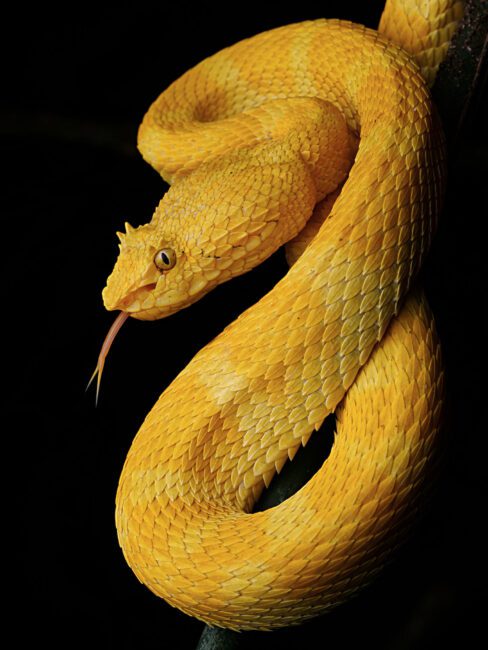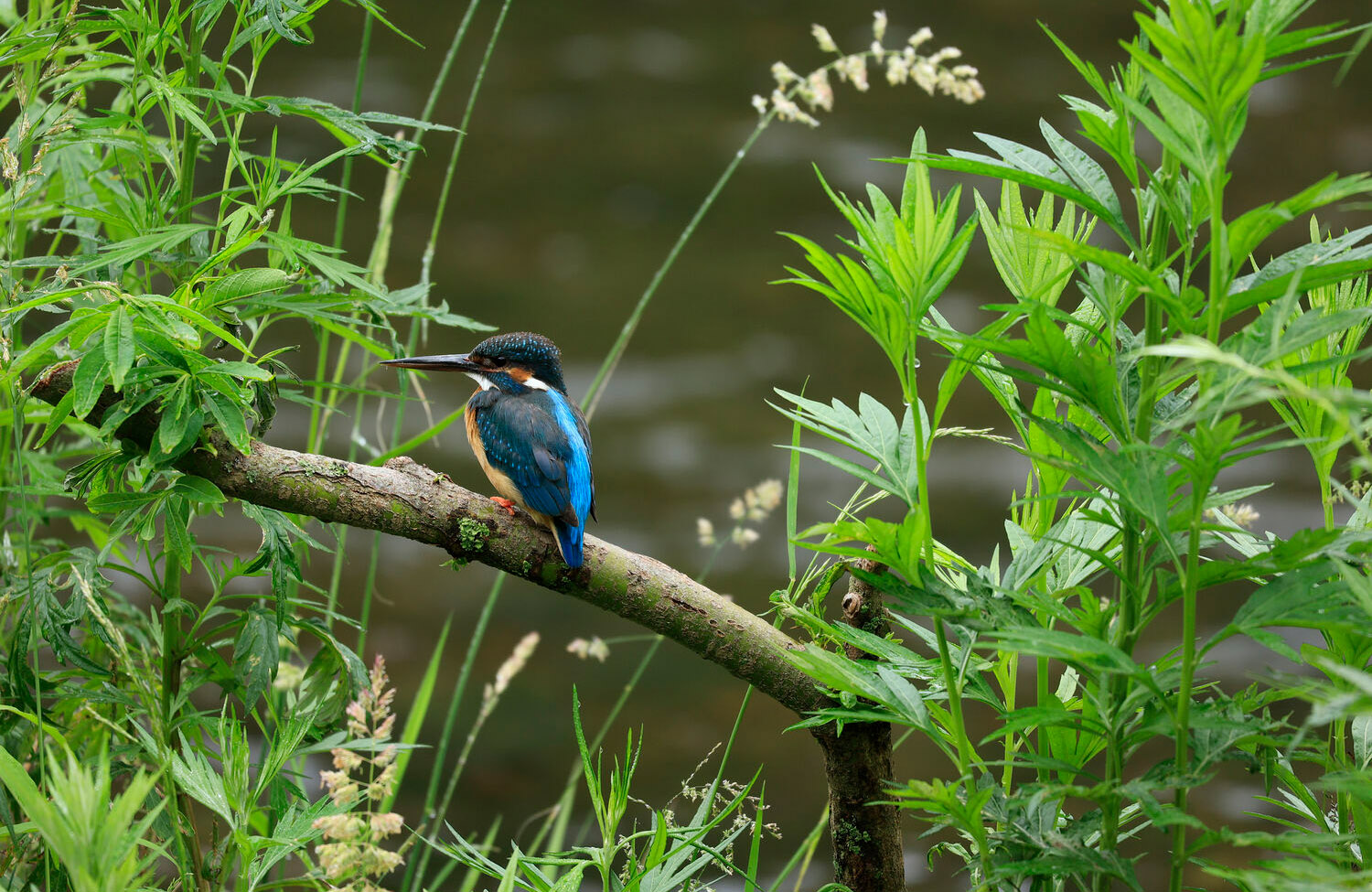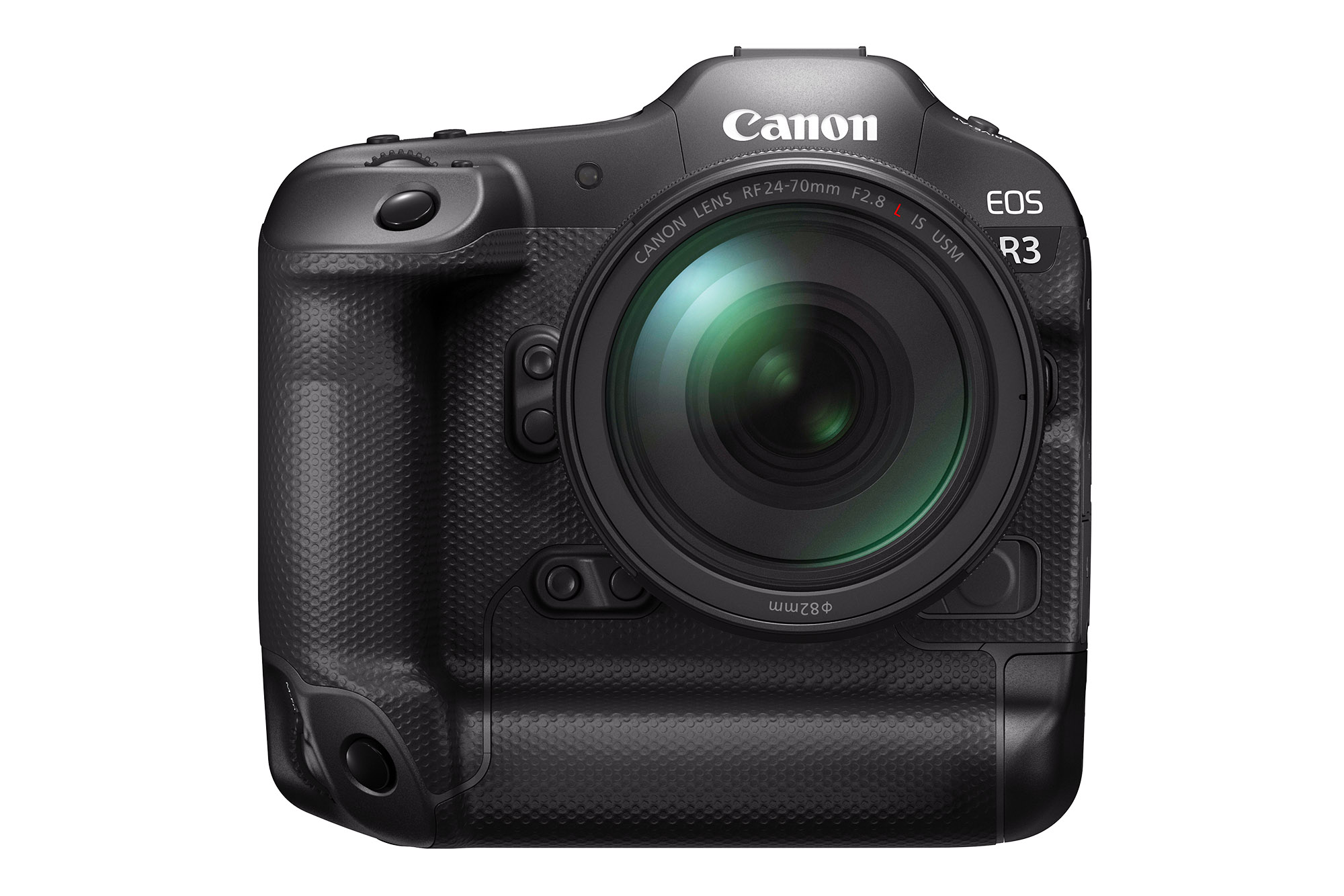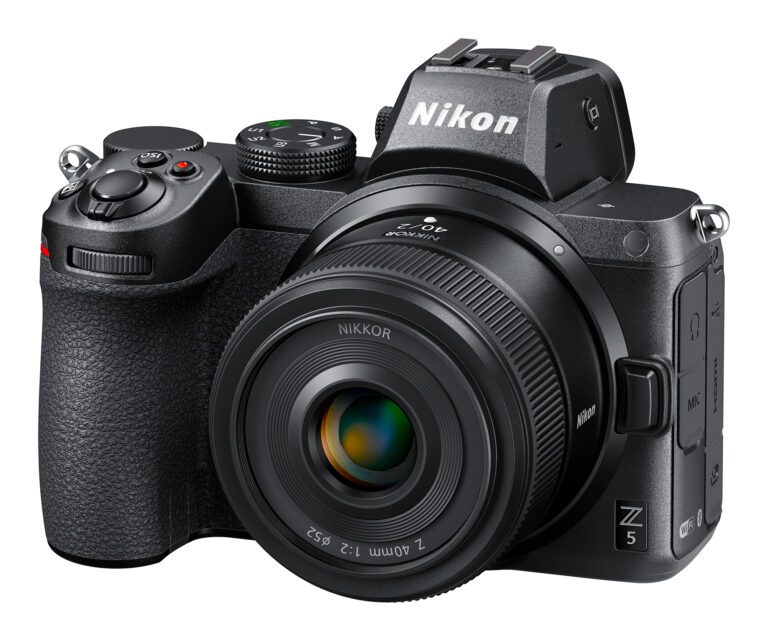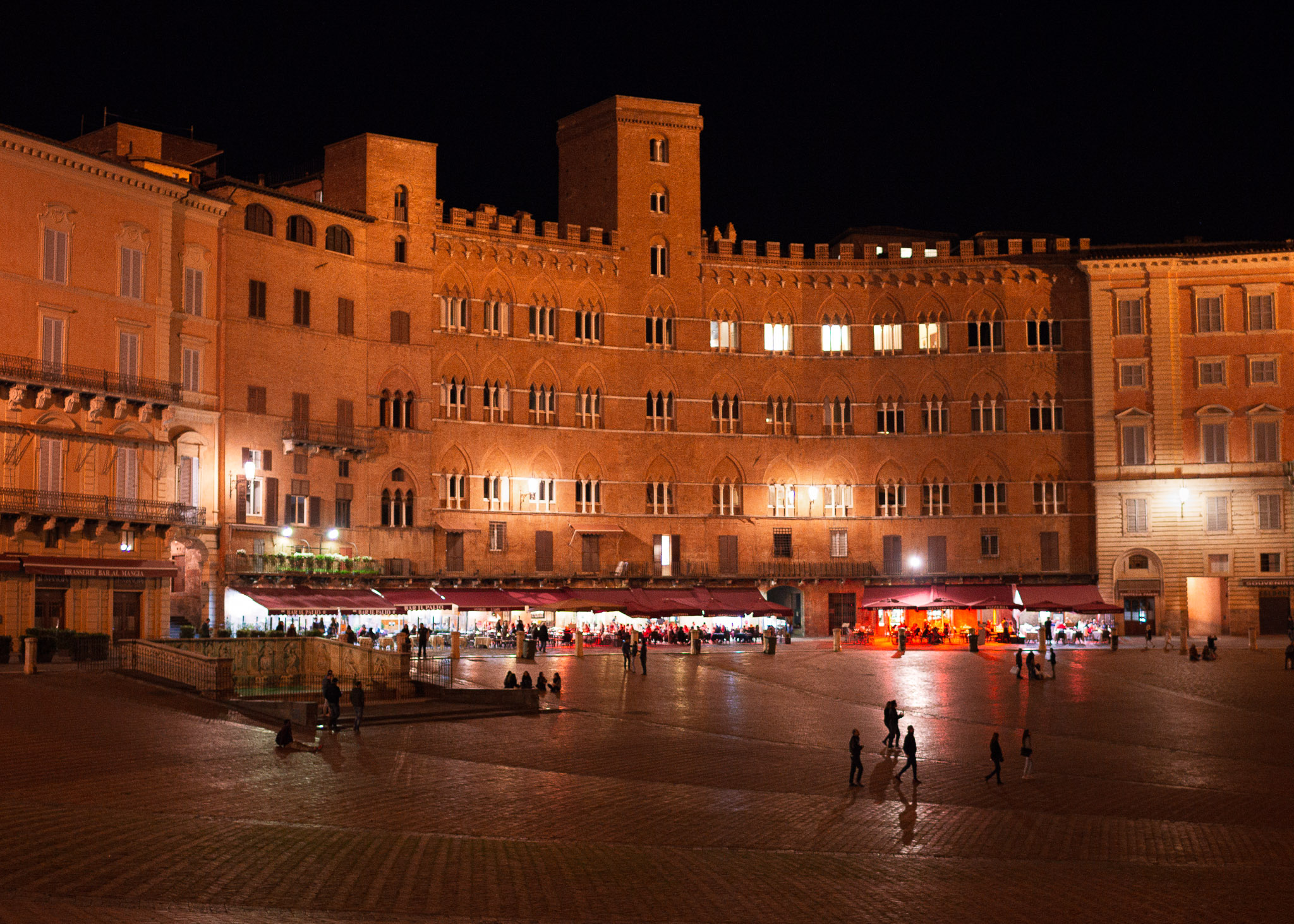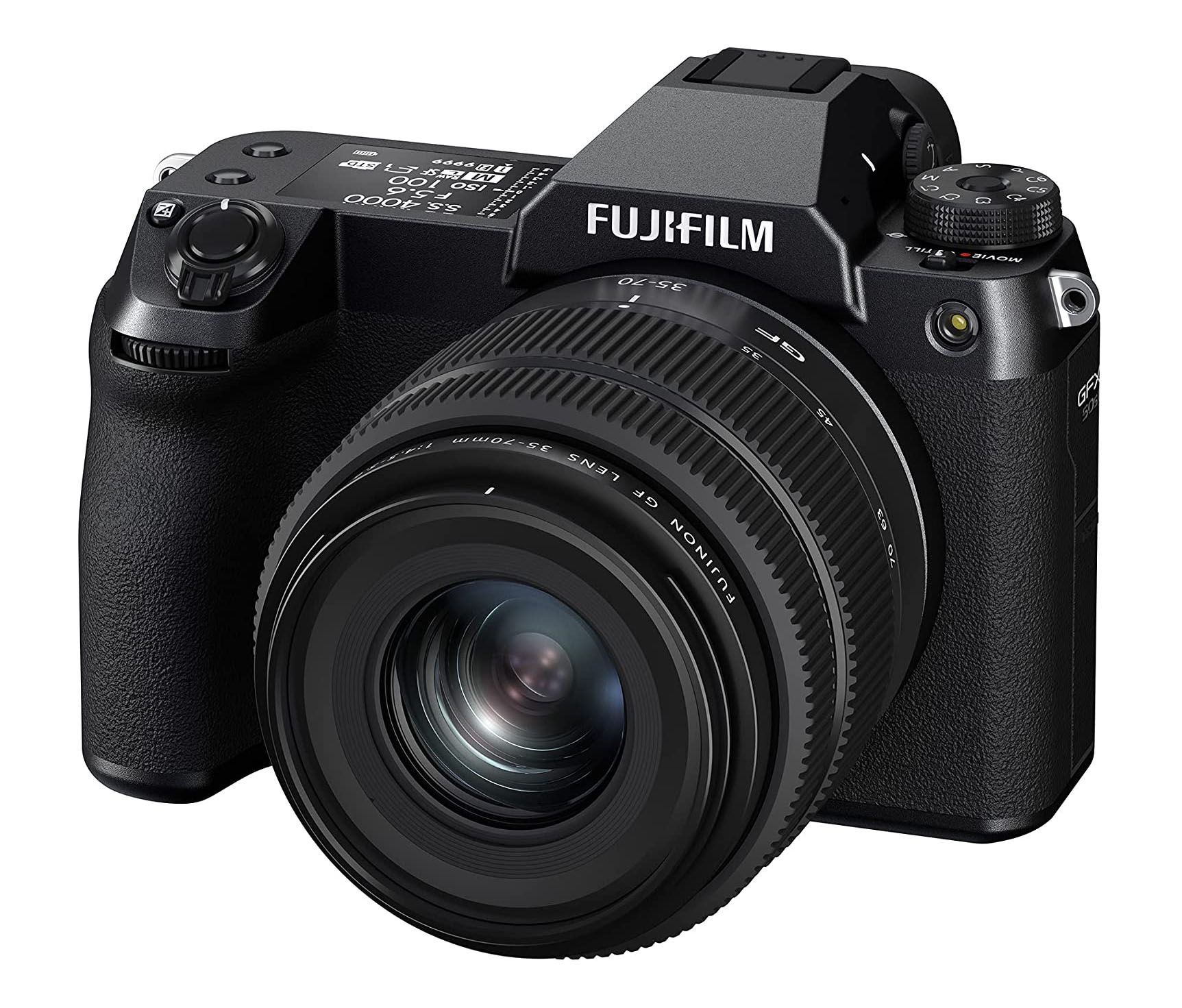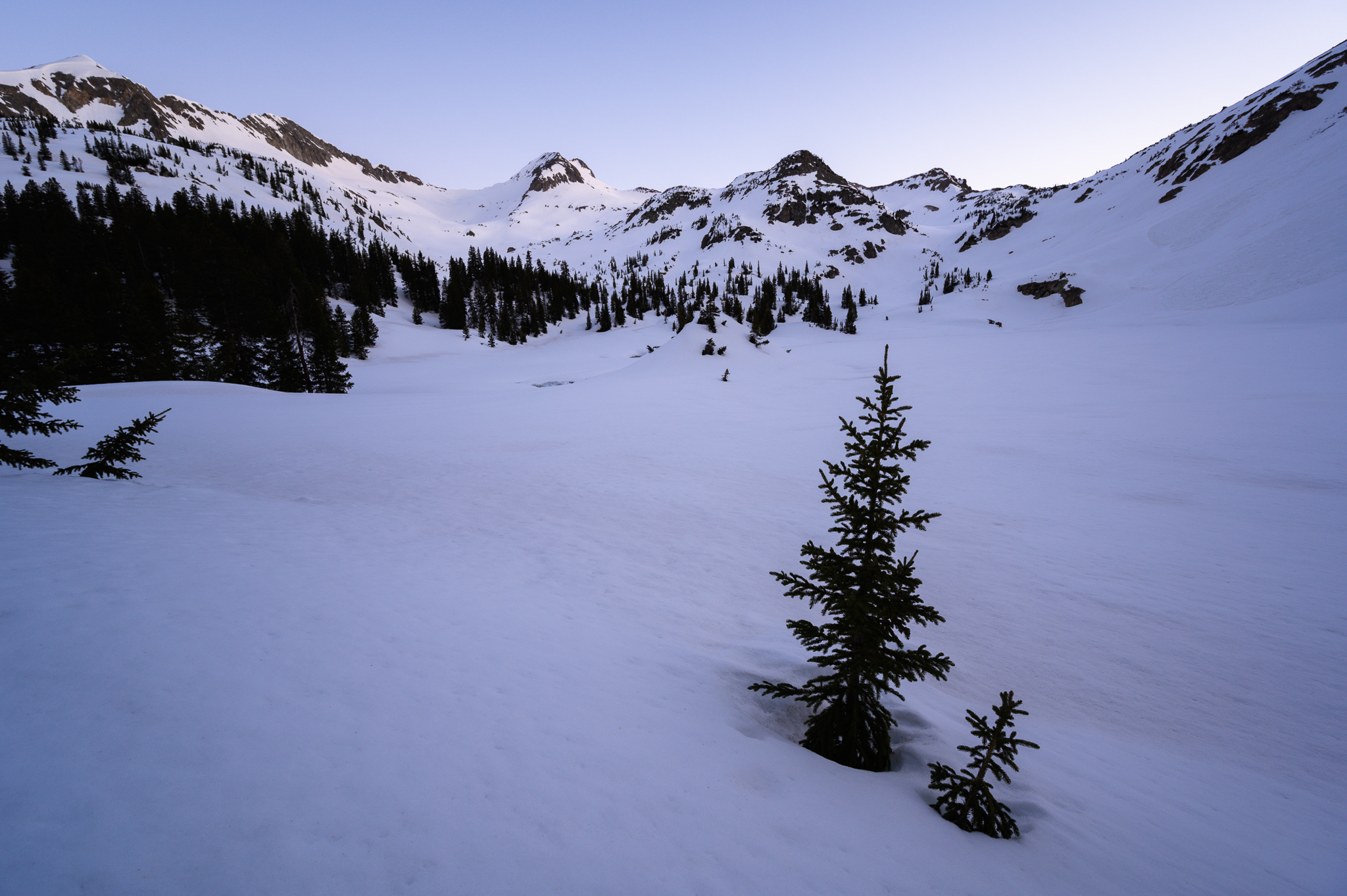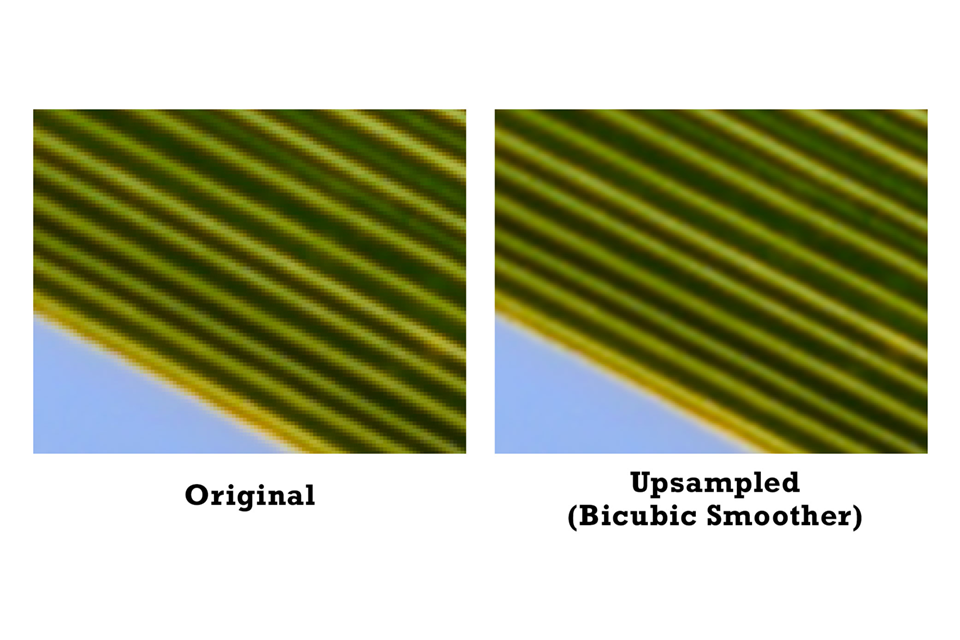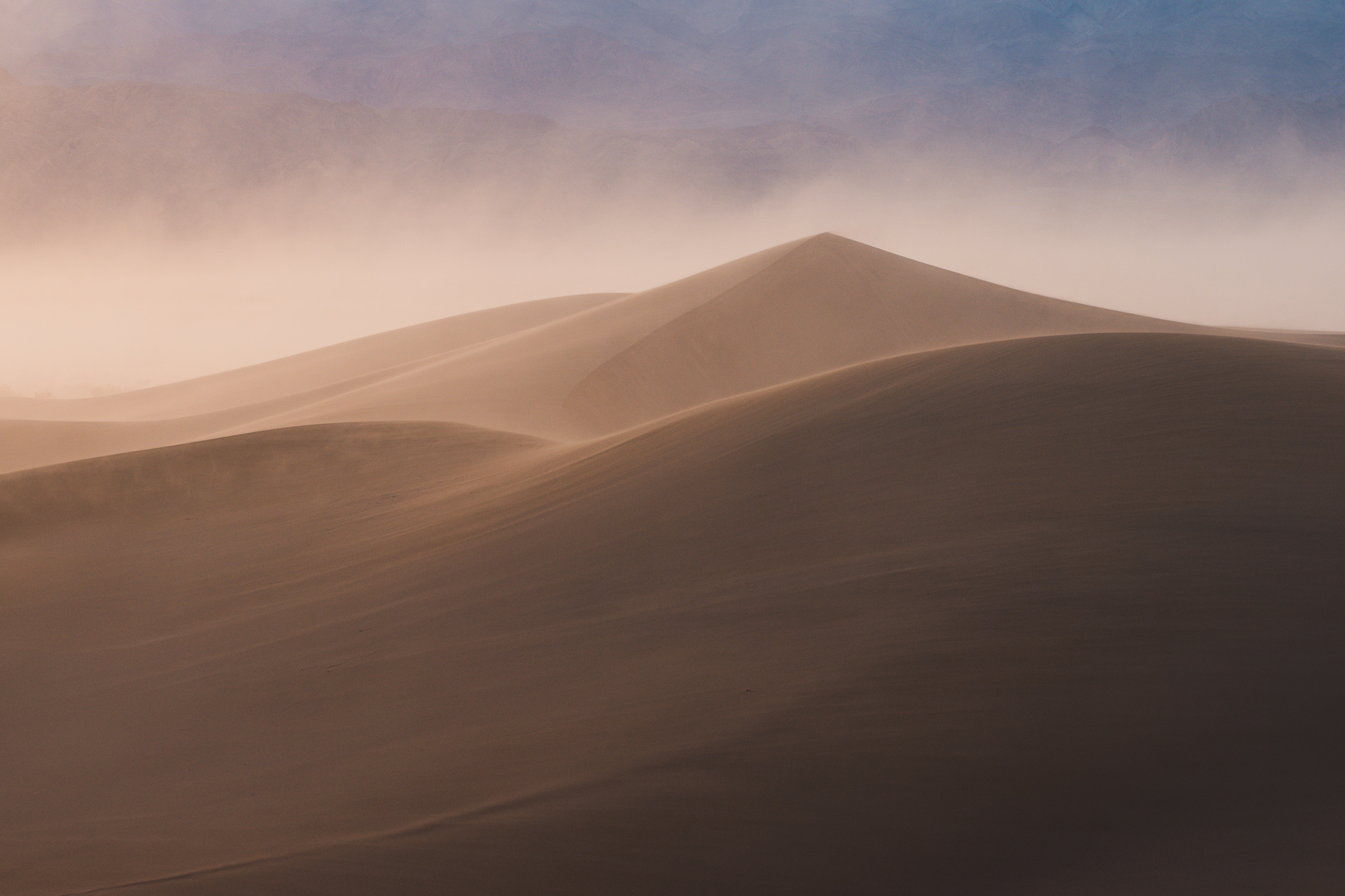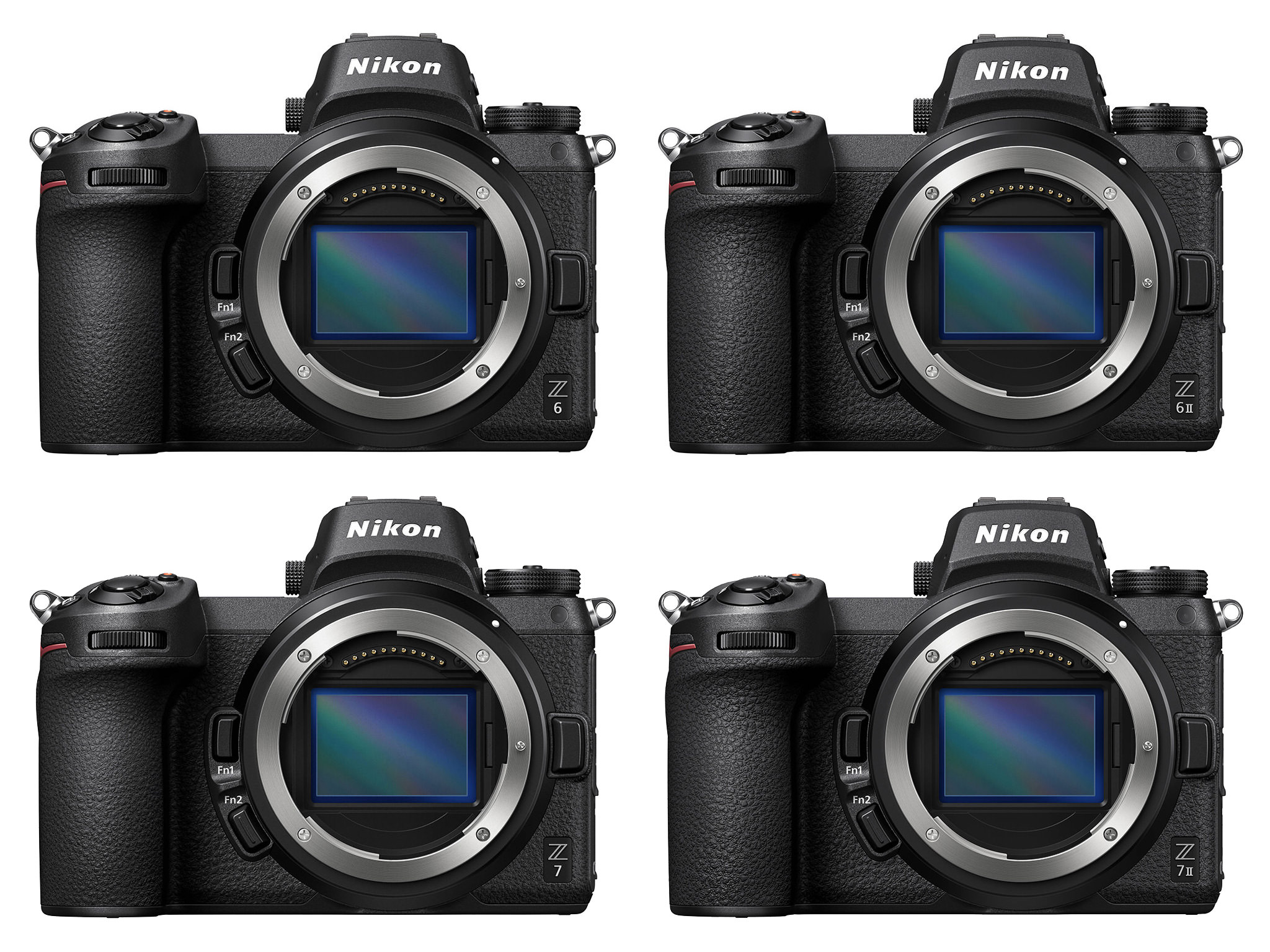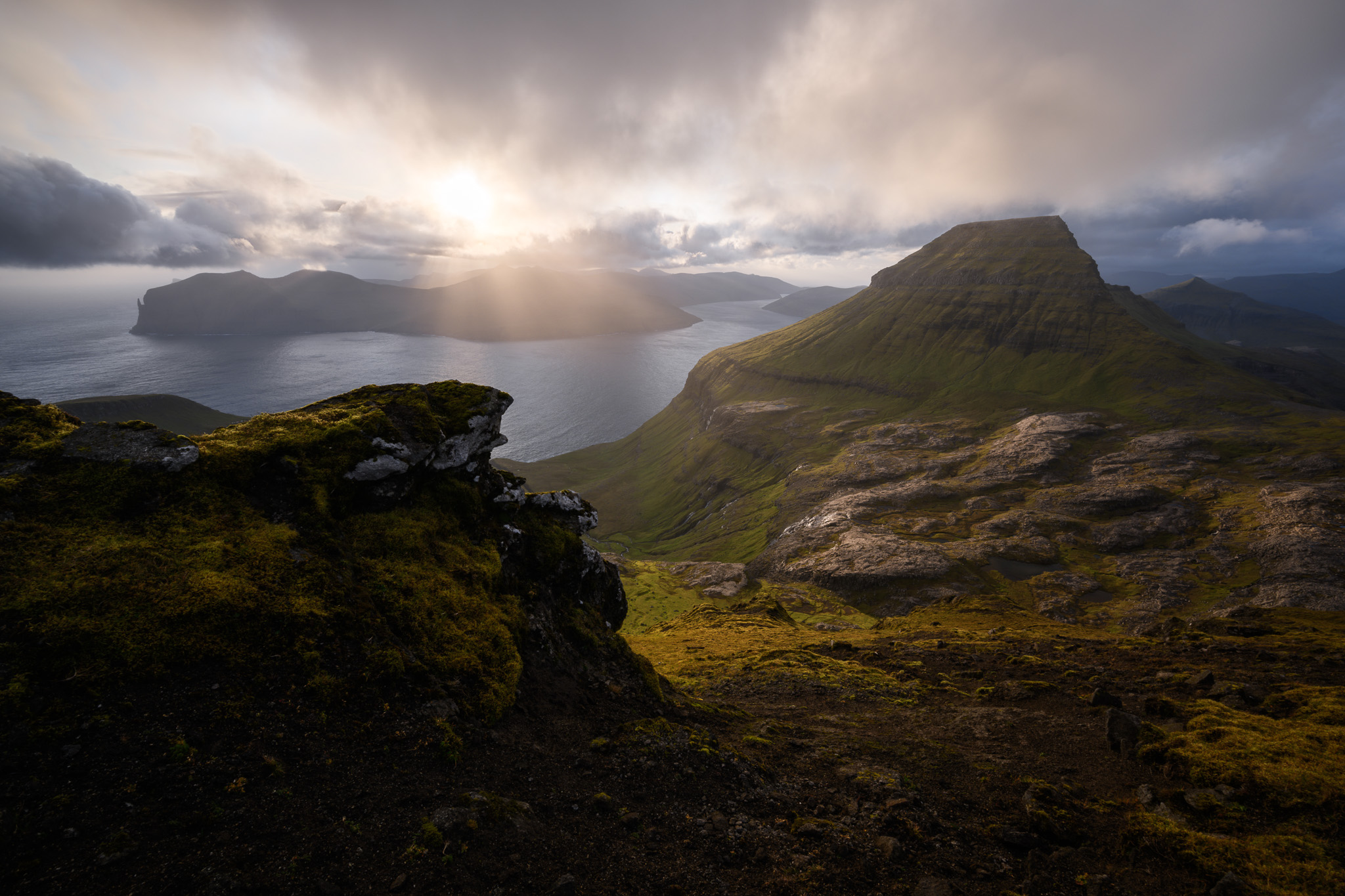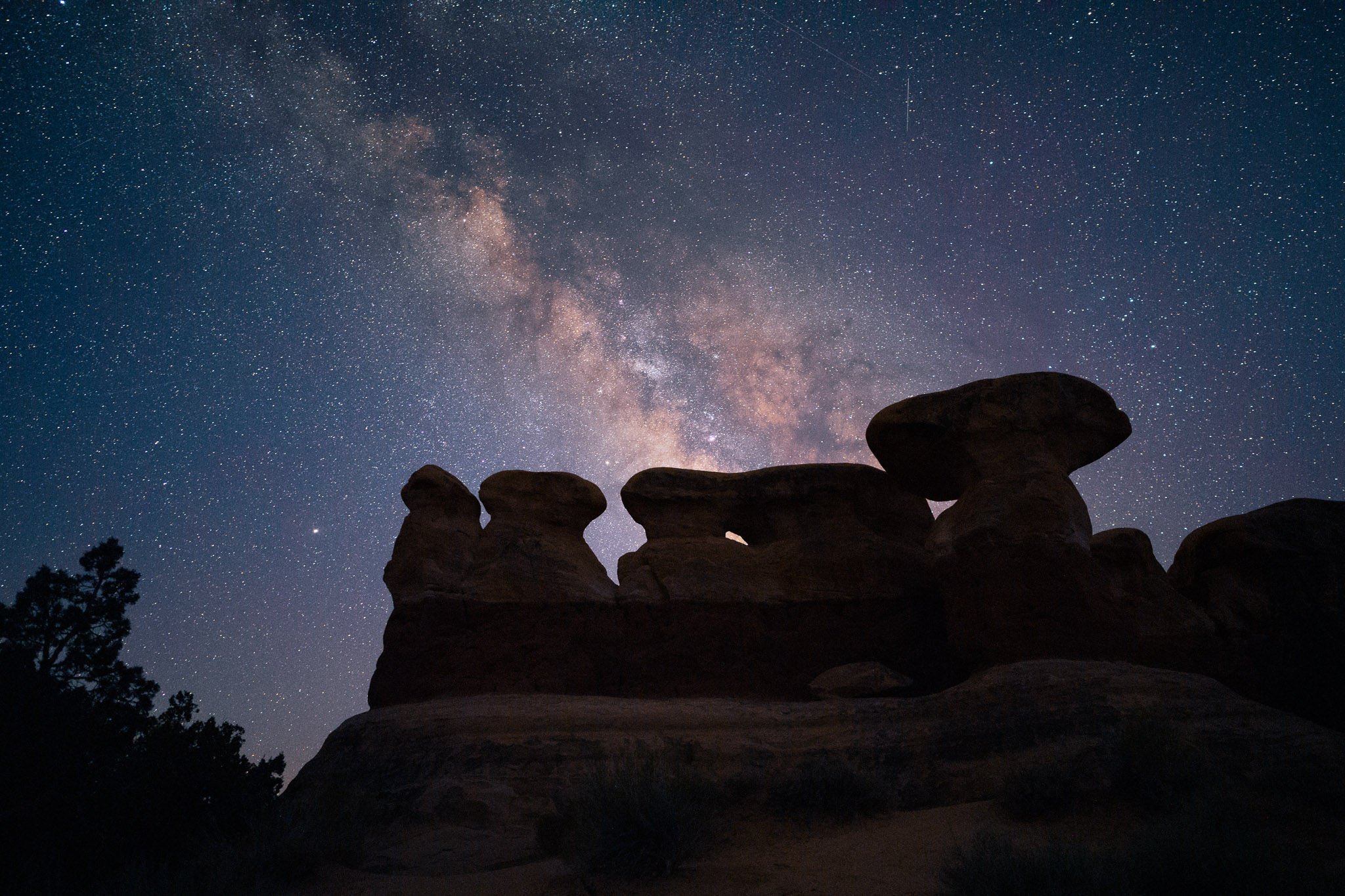
[ad_1]
It’s a question I hear all the time: “Why in the world do you photograph snakes?”
The answer is very simple: I love photography, I love snakes, and I believe snakes deserve more positive attention than they currently receive.
My name is Nicholas Hess, and I love wildlife photography, especially when it involves snakes. “Aren’t they dangerous?” “But they are so ugly!” and “I hate snakes!” are all common responses I receive, and could very well be what you are thinking right now! It is not surprising most people react this way given how badly misunderstood snakes are. The truth is that snakes are much more beautiful, peaceful, and fascinating than how they are viewed in the public eye.
I’m nineteen now, and for the past ten years of my life, I have been changing people’s perception of snakes through my photography.
Why Snakes
When I was little, I was always catching animals and often keeping them as pets. Lizards and frogs were always my favorites. Finding animals came naturally to me. You could put four-year old me in a stream and I’d quickly have a frog in my hand, probably asking if I can keep it. One day, around the time I was eight, when I came home from school my dad surprised me with a little baby gopher snake he found on our street. I instantly fell in love with the tiny snake and named it Hissy. Not long after, I was heartbroken to discover my beloved new pet had escaped! Hissy was never to be seen again.
Despite our limited time together, my experience with this baby snake was the most influential thing to ever happen to me. Hissy sparked my passion for “herping,” which is the activity of looking for reptiles and amphibians in the wild. Think birding, except for reptiles and amphibians instead of birds.
Since then, with the incredible support of my father, I have observed hundreds of species of reptiles and amphibians (and a plethora of other wildlife) all over California, surrounding states, and most recently Costa Rica and the Galapagos Islands.
How I Began Taking Photos
Shortly after I lost Hissy, I found an ancient 2-megapixel Canon PowerShot camera lying around the house. It was supposedly broken, but I bonked it against our coffee table, and I remember it turned on after that.
I adopted the camera and thoroughly enjoyed using it. My first subjects were lizards, frogs, pigeons, and sea birds. My parents, seeing that the camera brought me such joy, bought me a basic Fujifilm camera which had enough macro and zoom capabilities for me to take my photography to the next level. Before long, I had photographed every flower, lizard, and bug in my neighborhood. My skills, gear, composition and tastes have evolved over the years shaping the photographer I am today.
The Beauty of Snakes
The beauty of snakes is lost on most people, so my goal when communicating with people afraid of snakes is to help them appreciate their beauty. I have spent well over half my life now finding and photographing wild snakes. I am fascinated by their ability to survive in all types of harsh environments and their incredible diversity.
I also find them to be one of the most beautiful groups of animals, often displaying vibrant colors and intricate patterns. Even the less colorful snakes make it up by having incredible textures, details, and unique adaptations. All of these traits make them an incredible subject. Their undeniable elegance is lost on most people, so I’ve taken it upon myself to introduce the world to the beauty of snakes through my photography.
Introduction to Snake Photography
My work is a mixture of art and science. I consider my photographs to be pieces of art, like most photographers, even though Mother Nature is often the one doing much of the work. In other words, I try to capture nature’s artwork in the most aesthetically pleasing way possible.
Many photos of mine, especially older ones, can be considered “textbook photographs” where the sole purpose is to display the snake accurately and nothing more. From a scientific perspective, this style is useful. From a more artistic point of view, these types of shots can be boring.
My goal when photographing snakes nowadays is to not only capture their characteristics, but to make an art piece out of the entire frame as opposed to only focusing on properly showcasing the snake. What this involves is paying close attention to the snake’s position, background, bokeh, complementary articles, lighting, and of course, composition.
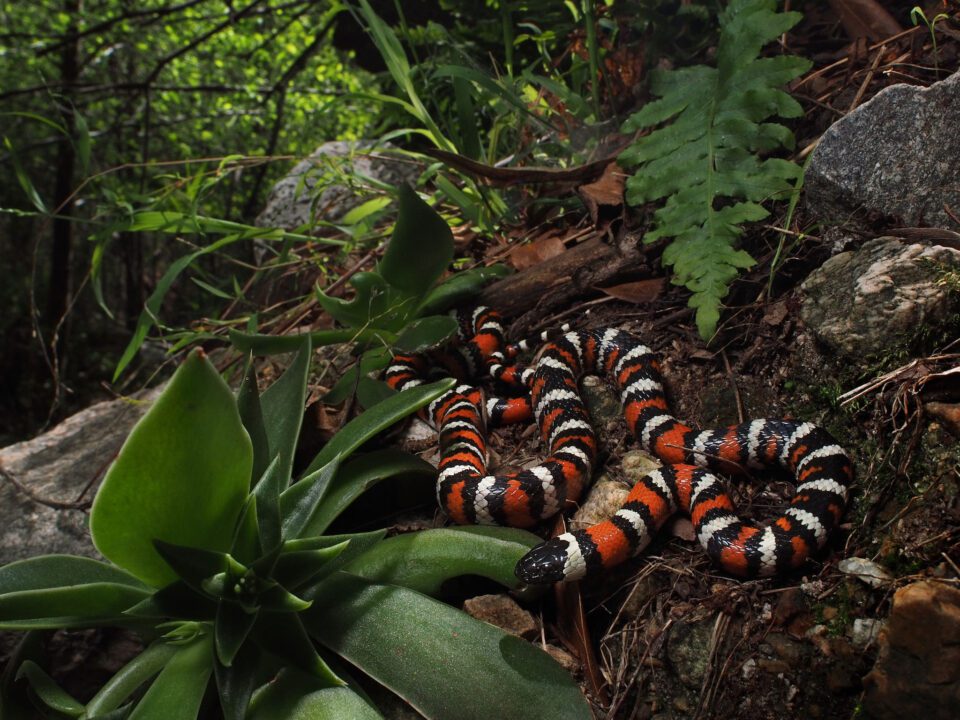
There are countless ways to photograph the same snake and have drastically different results. The three styles I go for the most are close-up macro, full-body portrait, and habitat photos. Different styles work best in different situations.
In the case below, when I found a Great Basin Gopher Snake in the incredible desert landscape of Utah, a habitat shot with a sweeping, stunning backdrop obviously made for a more powerful photo than a closeup of the snake’s head. Of course, having such a landscape at my disposal is rare, and I am often forced to work with a macro lens instead of a wider lens. Every situation presents the challenge of capturing the snake’s essence in the most effective way possible.
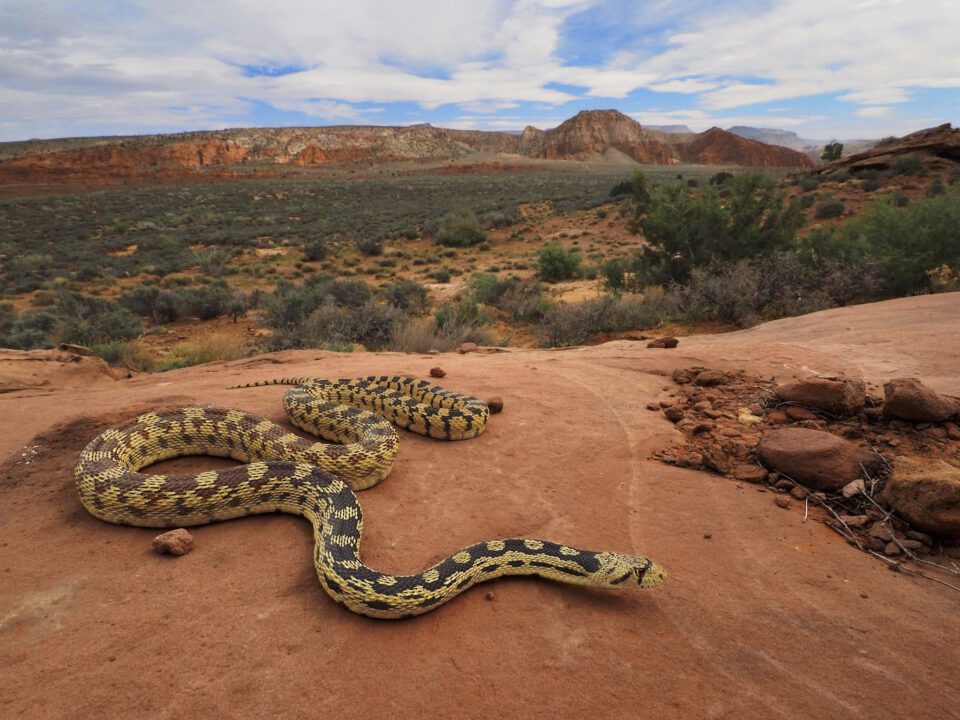
Full-Body Portraits
The goal of a full-body portrait is to showcase the snake’s complete appearance. Usually, the snake fills the frame, and I like to include other secondary elements that complement the snake well. As snakes are most active in springtime, flowers are always a favorite of mine. It’s important to have the head in focus, enough of the body sharp, and soft lighting, while the composition needs to be framed from an interesting angle.
My go-to composition is to shoot from a low angle that captures the side of the snake’s face, but not too low, so that I can keep the dorsal pattern visible. That’s the type of full-body composition I employed for the photo below of a Rosy Boa. You can see the side of the head and the full pattern of the snake. Although I focused on the snake’s head to draw attention, the rest of the snake’s body is not so blurred that the pattern is lost.
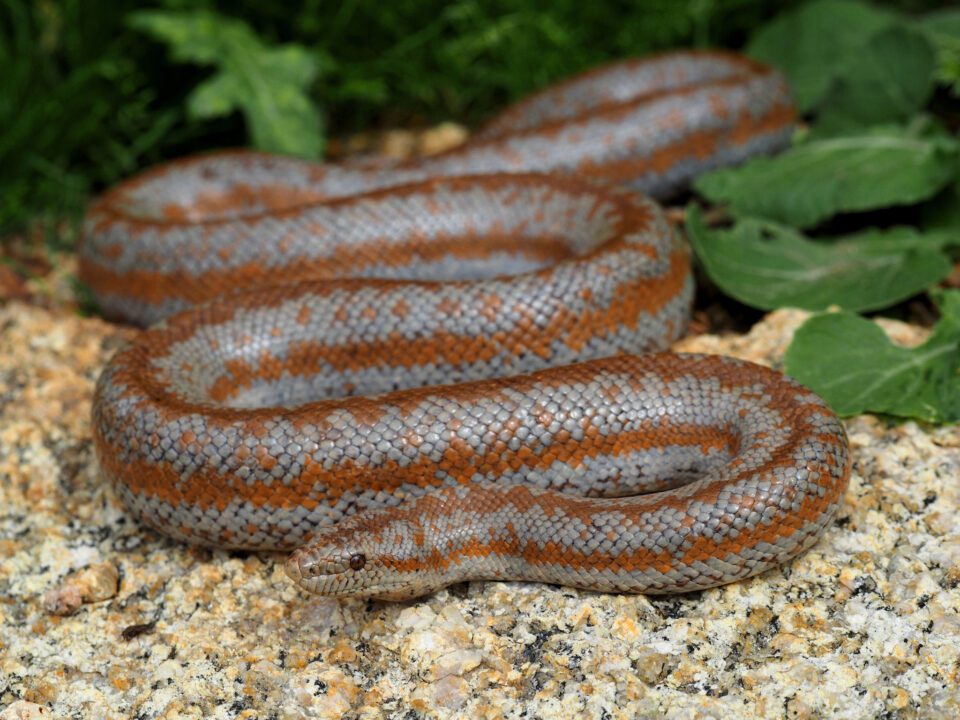
Close-up Photographs
Often, the most incredible feature of a snake is its head, and it’s not always necessary to photograph a snake’s entire body in order to get a good photo. In the case below with a California Mountain Kingsnake, I haven’t even included the whole head of the snake, but enough of the face and pattern is captured to still do the snake justice in an interesting way. I aimed to get the eye and front coil in focus, as those are the most important parts of the image. The lines and contours of the coils in the background are complementary to each other, flowing from corner to corner, bringing attention to the face.
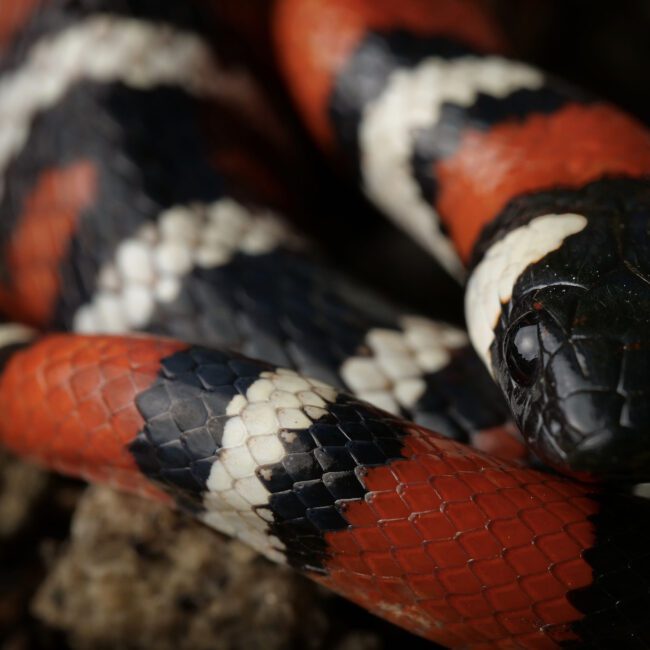
Habitat Shots
As much as I like taking full-body and close-up snake shots, my favorite type of photo is the habitat shot. This type of photo includes the snake in the foreground and a significant amount of habitat in the background.
To ensure my subject takes up a significant portion of the frame, I often use Laowa’s 15mm 1:1 macro lens. This unique lens blows up the subject in the frame like a macro lens, but still includes lots of background like a wide-angle. Because of the wide angle, I need to get very close to the subject.
One difficulty with this type of habitat shot is lighting. I often use a flash for my snake photography, but with such a wide-angle lens, it’s easy for the lens to cast a shadow in the composition. I need to find a good angle to fire my flash while still balancing the lighting between the foreground and background to make everything look natural.
It’s a bit of a technical challenge to take these photos, but it’s both educational and aesthetically pleasing to see the snakes in their often stunning surroundings. The power behind habitat shots comes from the synergy of both the snake and the landscape.
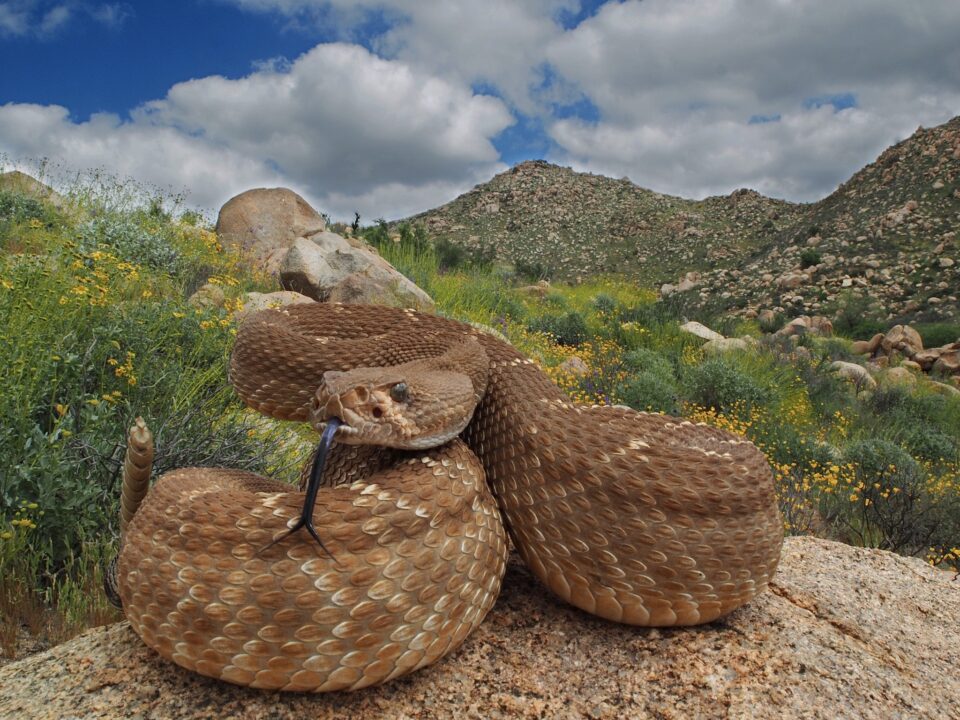
Behavior Photos
Snakes are solitary animals that only eat a couple times per month, which makes it rare to observe certain types of interesting behavior. Despite having spent thousands of hours in their habitat, I have only witnessed feeding events, interactions between snakes, or nesting a handful of times. Being at the right place at the right time can result in extraordinary captures, though, so I always try to keep up the search.
In the case below, I happened upon a Snail-Eating Snake doing just what its name suggests. This photo displays how the snake sucks the snail’s body right out of its shell. What an amazing ability!
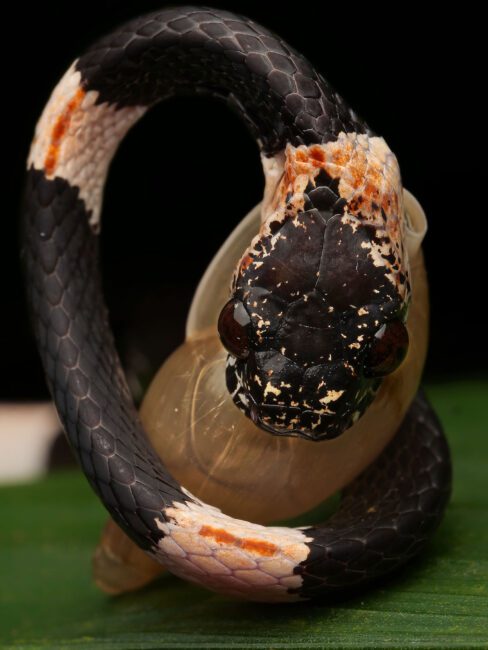
Snakes and the Public
Snakes in the public eye have a bad reputation. Snakes are extremely misunderstood creatures known as killers, gross, and terrifying, when in reality they are beautiful, gentle, and important biological controllers of the ecosystem.
It is demoralizing every time I am told that somebody saw a snake and killed it. I often feel like a broken record telling friends, relatives, and people on the internet that they should not kill snakes. People often feel the need to kill snakes on their properties, but it is also much too common for people to beat snakes to death on hiking trails (even on protected lands) or swerve out of their lane to run them over on roads.
That’s not even mentioning the horrific rattlesnake roundups that take place every year in Sweetwater Texas, which kill tens of thousands of rattlesnakes, not only killing them unethically but turning their slaughter into a carnival for families. There, children will assist with the snake’s executions and be indoctrinated with the idea that snakes are evil and must be destroyed.
Unfortunately, this type of indoctrination is not isolated to events like roundups. The majority of people grow up with no exposure to the beautiful world of snakes. When their only exposure to snakes are overly dramatized snake strikes on TV, movies vilifying snakes, and myths of snakes chasing or attacking people, they are easily led to believe that snakes are scary and bad. Once somebody has grown up with this assumption, it can be extremely difficult to convince them that they’ve been raised with a false impression of snakes.
Coexisting with Snakes
You don’t have to be obsessed with snakes like I am, but please don’t kill them. The biggest reason one should not kill snakes is because it is senseless killing, which is simply never right. The other reasons are that they are sentient beings which feel pain, play an important role in the ecosystem, and prevent the spread of disease by controlling the population of vectors like rats. There is absolutely no excuse to kill a snake in its habitat out in the wild.
Sometimes, people say they killed a snake to make a trail safer. Anybody entering a wilderness area must accept the potential risk that comes with existing in nature. This means not killing its inhabitants so senselessly. Snakes pose very little threat to people hiking, since they will always attempt to flee before trying to bite. The only way to get bitten is by stepping on one, or accidentally placing your hand too close, which is why it is extremely important to always watch your step, stay on the trail, and never place your hands where you cannot see them.
It is a much more ethical approach to be aware of your surroundings, rather than killing anything you’re afraid of.
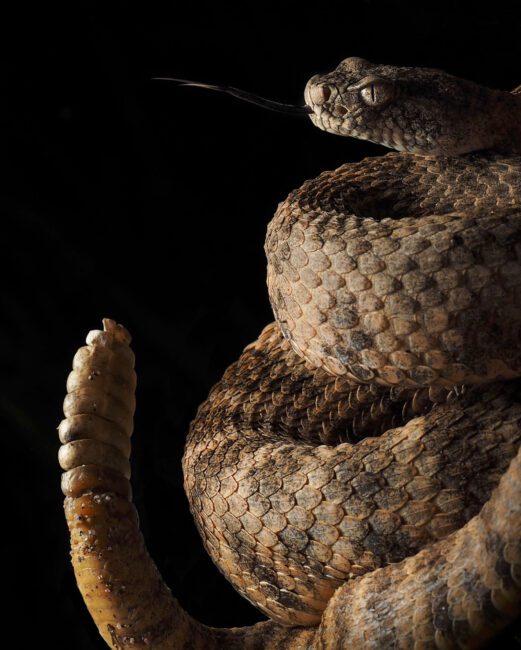
Other times when people kill snakes, it’s because they find them on their property. In these cases, their reasoning is something along the lines of “I don’t like doing it, but I have a pet/children.”
Well, by killing the snake they are doing themselves no favors. Aside from the issues above, all they did is open an environmental niche for rodents to spread and the next snake to move into. Not to mention that there were most likely multiple snakes living there already, and there will continue to be multiple snakes living there in the future. All they are really doing is providing themselves with a false sense of security at the expense of getting blood on their hands.
Again, the best course of action would be to educate themselves and their children to be take precautions when playing outside. Because snakes tend to live around rock or wood piles, you can understand their habitat and either remove those piles from their property, or just pay more careful attention around them. You can also minimize your risk by wearing shoes, not sticking your hands or feet into covered areas, and using a light when walking outside at night. Rattlesnake avoidance training for dogs exists, works, and is also recommended.
To reiterate, no one will ever completely eliminate the risk of living in snake country, so it is best to learn how to coexist with them, which will be better for both the snakes and the people. Killing them is not going to lower your risk, while these other methods will.
Conclusion
The vast diversity of snakes, and the abundance of approaches to photographing them, makes for a world of unlimited photographic possibilities. For the past 10 years, I have been enthralled by the challenge of capturing their beauty to share with the world.
Snakes are some of Mother Nature’s most exquisite fine art pieces, yet they receive undeserved hate from most. The bulk of our society was only ever exposed to the inaccurate, undesirable depictions of snakes making them among the most misunderstood animals. I’ve had several people tell me they never realized how pretty snakes could be before seeing my photos. Even extreme ophidiophobics (people with a fear of snakes) have admitted to me that snakes are more beautiful than they had thought.
Slowly changing people’s perspectives of snakes has been extremely rewarding and is a driving force of why I do photography. I truly hope that if you had a negative perception of snakes when you began reading, you now have a better appreciation of them now. Again, you don’t need to be as obsessed with them as I am, but hopefully you see a bit more of why they are so interesting!
Please be sure to leave a comment below if you have any questions or comments. I am always willing and eager to answer any snake or reptile photography questions you may have.
[ad_2]
Source link


